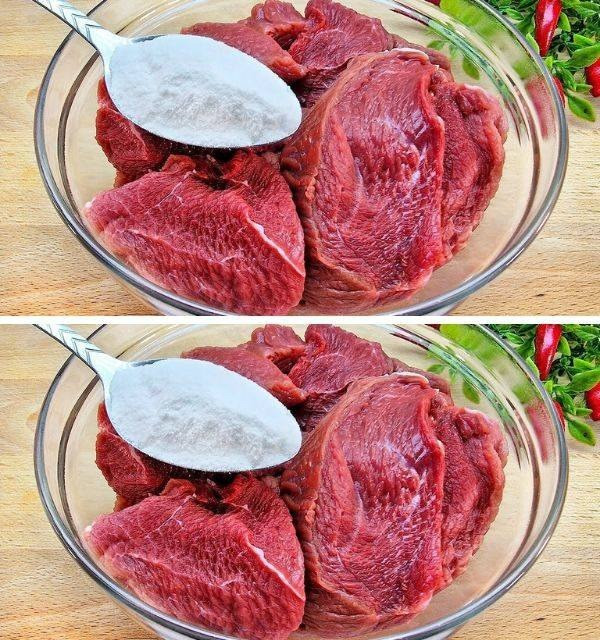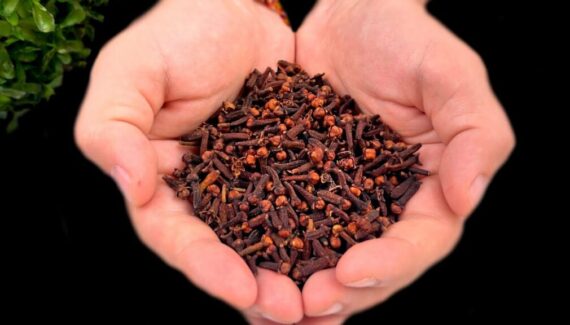
2. Create the Marinade
A traditional velveting marinade includes a combination of:
-
Cornstarch – forms a protective coating around the meat.
-
Soy sauce – adds flavor and a touch of acidity.
-
Rice wine or Shaoxing wine – helps tenderize and season.
-
Egg white – binds the mixture and enhances silkiness.
-
A pinch of baking soda (optional) – breaks down proteins, especially in tougher cuts like beef flank.
3. Marinate the Meat
Toss the sliced meat in the mixture and let it rest for 20–30 minutes. This short marination time is enough to work magic without altering the natural flavor of the meat.
4. Pre-Cook Gently
The next step is to partially cook the meat before stir-frying:
-
Water-velveting: Drop the marinated meat into simmering water or broth for 30–60 seconds until just opaque.
-
Oil-velveting: Briefly fry the meat in hot oil for a similar effect.
This seals the coating, locking in juices and giving the meat its signature softness.
5. Finish Cooking
Finally, add the velveted meat to your stir-fry, soup, or sauce. Because it’s already partially cooked and tenderized, it only needs a short time to finish, ensuring it stays juicy and never tough.
Why This Method Works
-
Locks in Moisture: The cornstarch and egg white form a thin barrier that prevents juices from escaping.
-
Breaks Down Fibers: The combination of slicing, marinade, and gentle pre-cooking keeps muscle fibers from seizing up.
-
Maximizes Flavor: Soy sauce and wine season the meat from within while the coating carries flavors from the stir-fry.
Practical Tips for Success
-
Always slice meat against the grain for maximum tenderness.
-
Don’t skip the pre-cook step—it’s what sets velveting apart.
-
For a healthier twist, opt for water-velveting instead of oil.
-
Avoid over-marinating with baking soda, as it can affect texture if left too long.
Final Thoughts
The Oriental method of tenderizing—velveting—is a game-changer in the kitchen. With a handful of ingredients and a little technique, even the toughest cuts of beef, pork, or chicken become tender, juicy, and restaurant-quality. Once you try it, you’ll understand why this centuries-old secret remains a cornerstone of Asian cooking.









